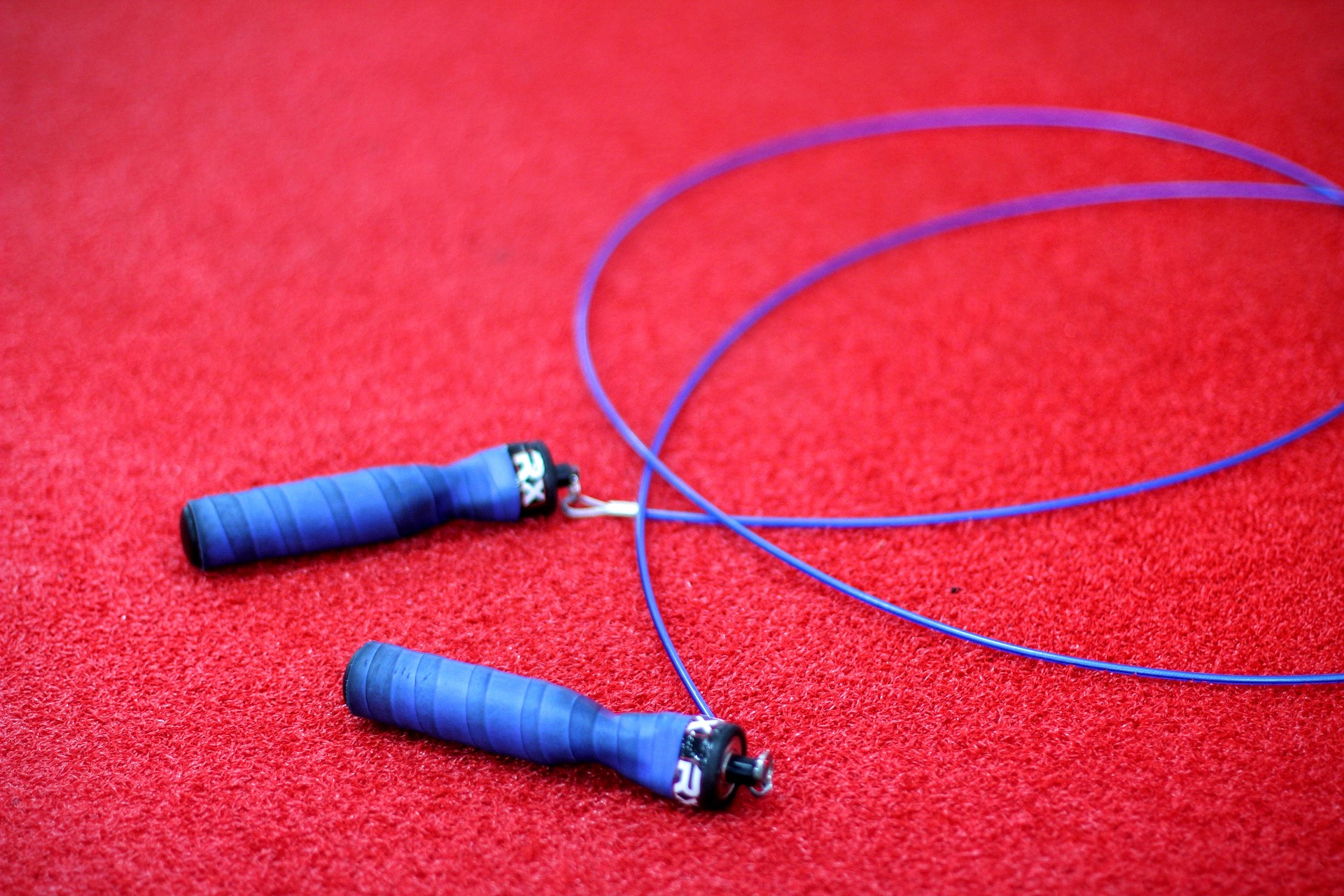Breaking Down the Science of Biomechanics in Sports
Sports is more than just a game. It's a delicate balance of physics, biology, and psychology, all working together to create the perfect performance. Biomechanics, the science of movement, plays a monumental role in enhancing athletic performance and reducing injury. This article delves into the fascinating world of sports biomechanics, examining its roots, its role in modern sports, and its potential future directions.

An Introduction to Sports Biomechanics
Biomechanics is a specialized sub-discipline of kinesiology, studying the physics of sports movements. It combines principles from physics and engineering to understand the forces that act on the human body and the effects they produce. The aim is to optimize human performance, enhance coaching, improve equipment design, and reduce injuries.
Tracing the History of Sports Biomechanics
The concept of biomechanics is not new. It can be traced back to ancient Greece, where philosophers like Aristotle tried to understand the principles of movement. However, it wasn’t until the 19th century that biomechanics began to take shape as a scientific discipline, thanks to the pioneering work of Étienne-Jules Marey and others.
Biomechanics in Practice: Applications in Different Sports
Biomechanics plays a crucial role in various sports. In swimming, for instance, understanding the principles of fluid mechanics can help swimmers minimize drag and maximize propulsion. Similarly, in athletics, the study of running gait and jumping techniques can greatly enhance performance. Even in sports like archery and golf, subtle changes in technique, guided by biomechanical principles, can lead to significant improvements.
The Power of Biomechanics in Injury Prevention
Apart from performance enhancement, biomechanics also plays a vital role in injury prevention. By understanding the forces acting on the body during different sports activities, researchers and coaches can develop training programs that reduce the risk of injuries. This has led to significant advancements in areas like injury rehabilitation and the design of sports equipment.
The Future of Biomechanics in Sports
With advancements in technology, the field of biomechanics is set to revolutionize sports. Technologies like motion capture and wearable sensors are providing researchers with more precise data, leading to more accurate analyses and personalized training programs.
Sports biomechanics is a fascinating field that merges the worlds of science and sports in a quest to push the boundaries of human performance. Whether you’re an athlete striving for peak performance, a coach aiming to unlock your team’s potential, or just a sports enthusiast, understanding biomechanics can deepen your appreciation for the intricate science behind sports.




